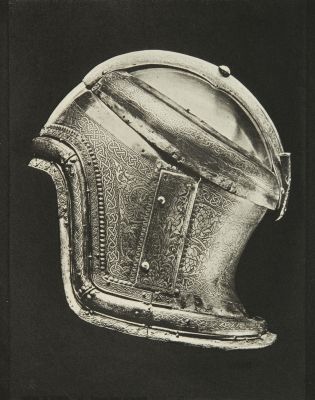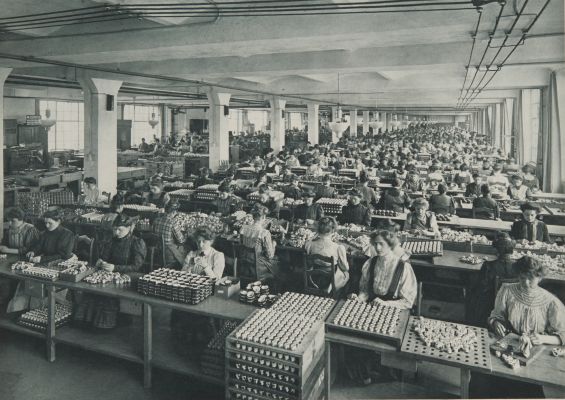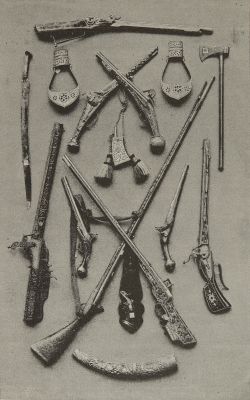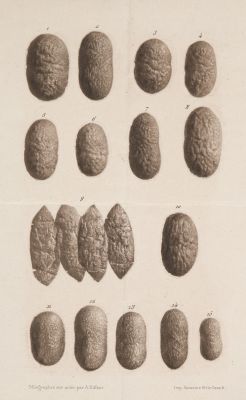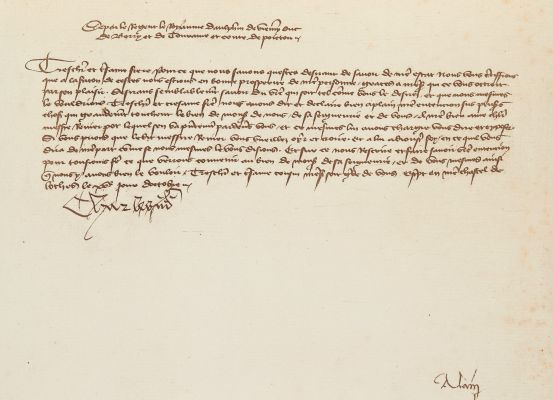
Title
Portrait of Alphonse PoitevinArtist
Unknown (French)Date
1983 plate (1870 negative)Process
PhotogravureAtelier
Pierre Brochet a Beaumont du GatinaisImage Size
18.4 x 11.9 cm
Alphonse Louis Poitevin (1819 – 1882) was a French chemist, photographer and civil engineer who discovered the light–sensitive properties of bichromated gelatin and invented both the photolithography and collotype processes. He has been described as one of the great unheralded figures in photography. In the 1850s he discovered that gelatin in combination with either potassium or ammonium bichromate hardens in proportion to the amount of light that falls on it. This discovery, significant for its capacity to facilitate the mass production of photographs, was later used by numerous figures such as Josef Albert, Joseph Wilson Swan, Paul Pretsch and Charles Nègre to develop subsequent photographic printing processes such as heliogravure, photogravure, collotype, autotype and carbon print.
Pierre Brochet (1922-2016) was a French photographer and photogravure atelier. Brochet founded in 1985 the Association for Early Photographic Processes and their Techniques (the APA) where he led photogravure workshops. In addition to his own work, he has editioned prints of many iconic photographers including Négre, Atget, Salgado and many more.
Reproduced / Exhibited
Fouchier, Arnauld . Prestige De La Photographie: 2. Paris: Éditions EPA, 1977. p. 7 (alt)
Poitevin, A. Alphonse Poitevin, 1819-1882: 8 Mars-29 Avril 1979 : Premiers Essais Photolithographies, Tirages ‘charbon’, 1842-1865. Paris: Galerie Octant, 1979. no. 6 (alt)
Publication: Prestige de la Photographie, No 2, Editions e.p.a.,
Boulogne, 1977, pg 27
William Crawford, The Keepers of the Light, Morgan & Morgan, Dobbs Ferry, 1979, pg 71
Yvan Christ, 150 Ans de Photographie Francaise, Photo Revue Publications, Paris, 1979, pg 57
Helmut Gernsheim, The Rise of Photography 1850-1880, The Age of Collodion, Thames and Hudson, London, 1988, pg 253
Helmut and Alison Gernsheim, The History of Photography, 1969, McGraw-Hill, New York, fig 216

